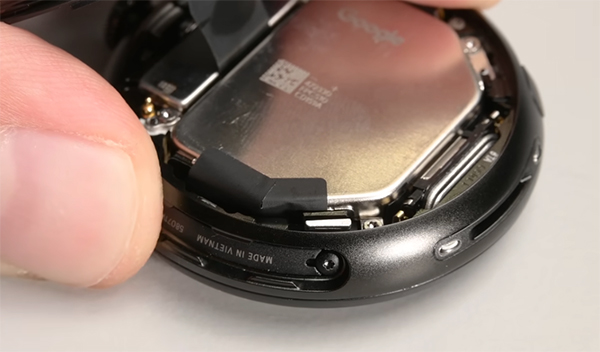
在 Google I/O 2012 大会上,已清楚表明 Motorola Xoom 会很快有升级推出。较早前,美国 Motorola 亦邀请用户参与 Jelly Bean 的测试。
而 Jelly Bean 升级的 Change log 亦流出,虽然标明是适用于美国 Motorola Xoom,但相信整体上分别不太大。各位 Xoom 用家虽未有升级,但可先看这个 Change Log 参考参考。
从 Change Log 所见,都是 Stock Jelly Bean 的改动,如:通知列, Widget, Smart Keyboard。稍后美国 Xoom 推出升级,相信也会有 ROM 流出的。
Improved User Interface and Response – Android 4.1.1, Jelly Bean, is the fastest and smoothest version of Android yet. Moving between home screens and switching between apps is effortless, like turning pages in a book. Jelly Bean makes your Android device even more responsive by boosting your device’s CPU instantly when you touch the screen, and turns it down when you don’t need it to improve battery life.
Expandable, Actionable Notifications – Now you can take action directly from the notifications shade. And because the notifications are expandable, you can get an even deeper look into the things that matter most, like multiple emails or photos on Google+.
Widgets work like magic – With Jelly Bean it’s now even easier to personalize your home screen. As you place widgets on the screen, everything else automatically moves to make room. When they’re too big, widgets resize on their own. Interacting with your favorite apps and customizing your home screen has never been easier. Seamlessly view and share photos – Just swipe over from camera to filmstrip view to instantly view the photos you just took, and quickly swipe away the ones you don’t like. Now sharing–and bragging–are a breeze.
A Smarter Keyboard – Android’s dictionaries are now more accurate, more relevant. The language model in Jelly Bean adapts over time, and the keyboard even guesses what the next word will be before you’ve started typing it.
Improved Text-to-Speech Capability – With improved text-to-speech capabilities, voice typing on Android is even better; it works even when you don’t have a data connection.
Accessibility – With Jelly Bean, blind users can use ‘Gesture Mode’ to reliably navigate the UI using touch and swipe gestures in combination with speech output. Jelly Bean also adds support for accessibility plugins to enable external Braille input and output devices via USB and Bluetooth.
Voice Search – Android lets you search the web with your voice, and it’s convenient for getting quick answers on the fly. It speaks back to you and is powered by the Knowledge Graph, bringing you a precise answer if it knows it, and precisely ranked search results, so you can always find out more.
A new look for Search – Android has search at its core. With Jelly Bean, a redesigned experience uses the power of the Knowledge Graph to show you search results in a richer way. It’s easier to quickly get answers and explore and browse search results.
资料来源:Android Central





